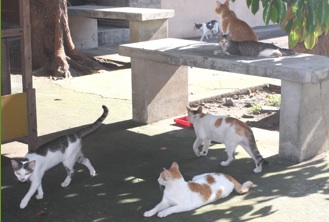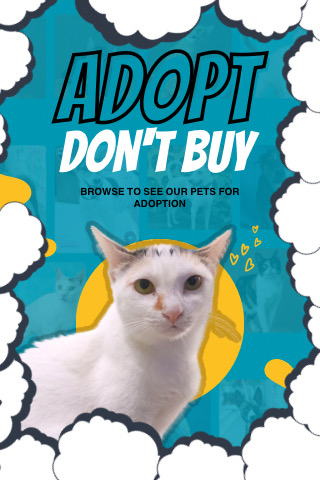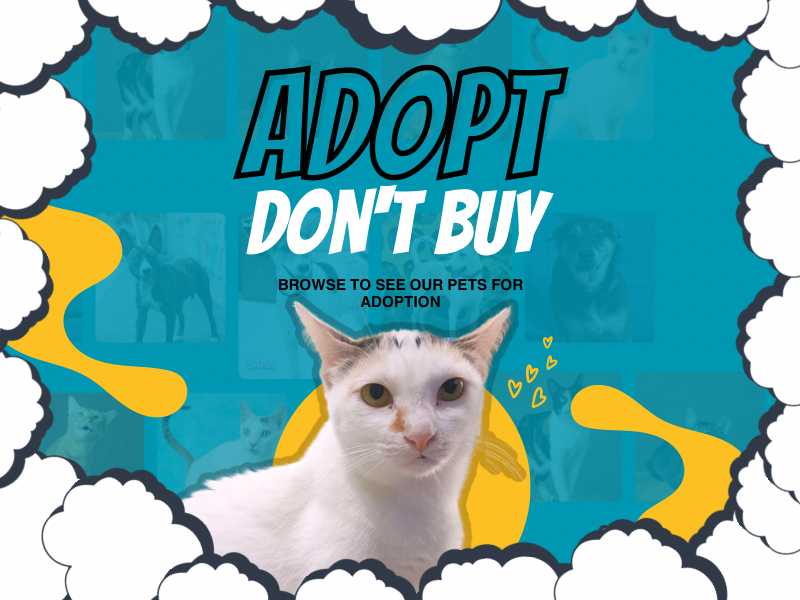Decades of evidence demonstrate that trap-and-kill methods are ineffective at reducing feral cat populations. This approach is not only costly and inhumane but also counterproductive. If all cats aren’t removed, the remaining ones rapidly overbreed, restoring the population to its original size. Even if every cat is removed, the “vacuum effect” takes hold: new, unneutered cats move into the vacated territory, exploiting available food sources. These newcomers then breed prolifically, quickly establishing a new colony whose offspring are often more cautious and disease-resistant, making future removal efforts even harder.
CNVR acknowledges the role feral cats play in our urban ecosystem, particularly in controlling rodent and insect populations. As more communities recognize its success, the CNVR movement continues to grow, offering a sustainable path to peaceful coexistence.
CNVR Program Implementation
The places listed below are following the CNVR program.
-
- Dasmarinas village
- Forbes Park village
- Bel Air village
- San Lorenzo village
- Fort Bonifacio Development
- Polo club Makati
Here is an example of a healthy well maintained colony; this photo was taken at the Manila Polo Club. These cats are all spayed and neutered and are fed daily by a volunteer. They keep the rodent and roach situation under control and live peacefully alongside their fellow human beings.

Setting UP CNVR in Your Area
-
- Get support – form a CNVR group consisting of like-minded cat lovers. CARA can help you with the initial training and will always be on hand for advice.
-
- Associations backing – approach your association, show them this information and see if they are interested in financially backing the project.
-
- Costs – there are initial set up costs and ongoing running costs. You need to prepare for this.
How to Set-Up CNVR Costs – For CNVR you will need the following items:
-
- Catch (catching gear and materials)
-
- Recovery cages
-
- Bowls for food and water
-
- Old blankets/towels (to cover cages)
You must also take into account running costs:
-
- Food for cats in recovery
- Spay and neuter fee (for a minimum of 10-15 cats, P1,500 per cat at the CARA Animal Welfare Facility)
- Fundraising – Ideally the costs should be covered by the association. If the association will not help, then another source of funds has to be found. It is then time to get creative and think of ways to raise money.
- Approach residents – It is going to benefit them if you catch outside their houses, no more cats howling in the night. Hold a fund-raising event or get sponsorship.
- Transport – You will need to be able to transport the cats to the CARA Animal Welfare Facility for surgery and return them back. If you don’t live near the CARA Animal Welfare Facility, we might be able to recommend a clinic near you who would offer discounted spay and neuter.
- OPTIONAL: You can also book our CARA van for P1500 (P750 for pick-up, P750 for return)
- Recovery area – There needs to be a quiet secure area where the cats can recover.
To get started, please contact info@caraphil.org.


